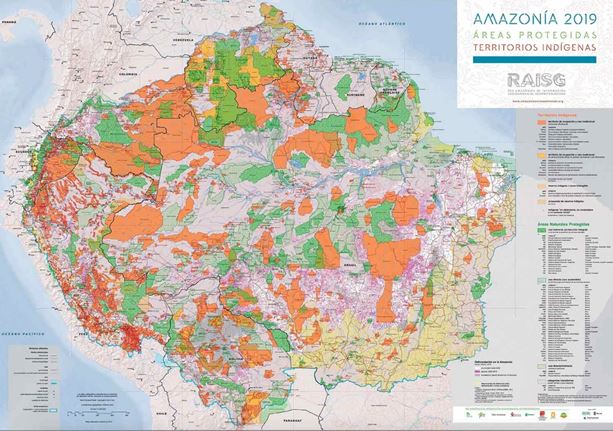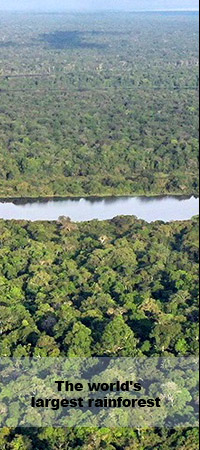|
So far in 2022, farmers and ranchers have cleared an area 11 times the size of New York City in Brazilian Amazon for agribusiness. Endangered Species International (ESI) is deeply worried about the increase in deforestation since early 2020, at least 2.3 million hectares (5.7 million acres) of primary forest were lost forever in nine countries in the Amazon Basin, which translates into a 17% increase in deforestation compared to 2019. Brazil and Bolivia have the largest amounts of destruction. Further, in the past 20 years, rainfall in parts of the Bolivian Amazon has reduced by 17 percent and the temperature has risen by 1.1°C. Areas of dense rainforest are becoming savannah and trees have stopped producing the fruits that uncontacted Indigenous groups depend on to eat.
So far in 2022, farmers and ranchers have cleared an area 11 times the size of New York City in Brazilian Amazon for agribusiness. Endangered Species International (ESI) is deeply worried about the increase in deforestation since early 2020, at least 2.3 million hectares (5.7 million acres) of primary forest were lost forever in nine countries in the Amazon Basin, which translates into a 17% increase in deforestation compared to 2019. Brazil and Bolivia have the largest amounts of destruction. Further, in the past 20 years, rainfall in parts of the Bolivian Amazon has reduced by 17 percent and the temperature has risen by 1.1°C. Areas of dense rainforest are becoming savannah and trees have stopped producing the fruits that uncontacted Indigenous groups depend on to eat.
Endangered Species International (ESI) asks governments, the funding agencies, and other resource mobilization mechanisms, to increase support for direct, sustained and equitable financial and technical support, at least at a level equal to that invested in effective protected areas, to indigenous peoples to conserve and sustainably manage their territories.
Priorities for conservation actions in the Amazon must include:
Expending protected areas by protecting in total 80 percent of the Amazon rainforest by 2030 with adequate patrolling and management resources Stopping expansion of extractive industries including oil and mining and related infrastructure in the region Strong regional alliance of key stakeholders—indigenous peoples, governments, civil society—aligned around a shared vision for the protection of the Sacred Headwaters region Completing a regional ecological economic plan for the Amazon that is grounded in the principles of ecological stewardship and community well-being Developing new conservation funding solutions that advance protections for the living forests and halt expansion of large-scale extractive industries
We need your support to achieve the goal to protect rainforest in the Amazon since government support has fallen short in the past. The most reliable and effective support is yours. We saw several high-profile commitments to help forests in 2021. However, promises have fallen flat in the past including the 2014 New York Declaration on Forests which didn’t appear to have any meaningful impact on reducing tropical deforestation. Your help is more important than ever. Please join us.

Map of the Amazon (2019): in orange, indigenous tribe territories; in green, protected areas.
Materials on this website are Copyright by Endangered Species International, Inc. all rights reserved.
Donate! |
Site and Image use! |
Photo Credits! |
Contact Us! |
Home!
|











